The gorgeous Monstera, like many other indoor plants, is at risk of a number of pests and diseases that could endanger its appearance and well-being. In this guide, Xanh Xanh Urban Forest will explore how to care for Monstera plants, focusing on the most common pests and diseases that may have a negative effect on these plants. In order to give you the ability to recognize such risks at an early stage, we will examine the signs of each illness. Additionally, we’ll provide you with effective measures for both prevention and treatment, help you safeguard your Monstera and ensure its continued health and thriving.
Table of Contents
1. Introduction to Monstera
Hailing from the lush embrace of tropical rainforests, the Monstera plant has captivated the hearts of houseplant enthusiasts worldwide. In its native domain, it can soar to magnificent heights of 70 feet, renowned for its captivating foliage.
The leaves of a Monstera typically boast a deep, glossy green hue, their surfaces etched with dramatic lobes and perforations. These unique holes, aptly named fenestrations, are believed to aid the plant in harnessing sunlight for photosynthesis even in the dappled understory. Measuring up to two feet across, these leaves make a bold statement in any indoor environment.
For those seeking a touch of captivating, low-maintenance beauty to grace their living spaces, the Monstera stands as a magnificent choice. This tropical gem will infuse your rooms with an air of refined elegance and captivating intrigue.
Read more: Monstera Care: The Ultimate Guide from A to Z
2. Common Monstera Pests
2.1. Mealybugs
Horrible mealybug infestations can occur with delicate houseplants, including the popular Monstera. These pests are tiny and powdery white. By adsorbing the sap of a plant, these soft-bodied bugs destroy the plant and diminish its resistance. Their sticky honeydew residue, which serves as an invitation to additional unwanted guests like ants, exacerbates the issue.
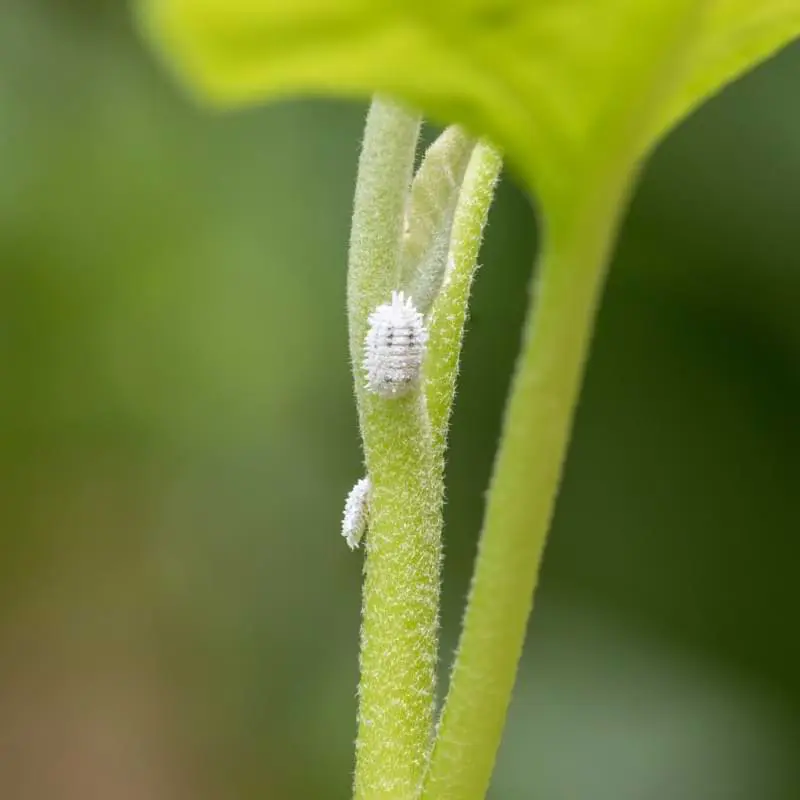
Signs of mealybug infestation:
- White, cottony masses cover the plant’s leaves, stems, and petioles.
- Leaves wilting and yellowing
- Stunted growth
- Honeydew on the leaves and stems
- Ants or other pests attracted to the plant.
Treatment for mealybugs:
- Isolating the infected plant
- Removing mealybugs by hand
- Using insecticidal soap or neem oil
- To get rid of any newly hatched mealybugs, treat the plant once more every few days.
- Avoiding mealybug infestations: Periodically inspect your plants for pests. Additionally, you should avoid overwatering your plants because they are more susceptible to mealybug infestations in moist soil.
2.2. Spider Mites
A frequent bug that attacks Monstera plants are spider mites. These tiny spider, which are difficult to see to the human eye, feed on the sap found in Monstera leaves. This siphoning act leaves the leaves looking sad and sickly, turning them yellow, speckled, and eventually causing them to fall.
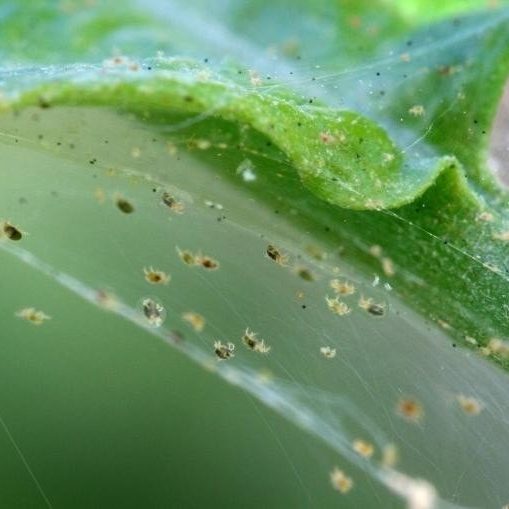
Signs of Spider Mite Infestation
- Yellowing leaves
- Tiny brown speckles
- Delicate webs
- Presence of spider mites
In order to avoid spider mites from harming other plants, you should take measures if you guess that your Monstera is being nibbled on by them. Here are some treatment options:
- Humidity Boost: Spider mites prefer dry environments. You might prevent them by regularly wetting the foliage or by putting a humidifier close to the plant.
- Isolate the infested plant
- Rinse with water: To remove spider mites off the leaves of your Monstera plant, apply a powerful stream of water. To prevent the mites from spreading, make sure you do this outside or in a sink.
- Using insecticidal soap or neem oil.
2.3. Thrips
Monstera plants, however beloved for their stunning aesthetics, are at risk for very tiny pests called thrips. These long, thin insects are hardly noticeable to the unaided eye. They have rasping, sharp mouthparts that they utilize to puncture fragile plant cells. Due to their multicolored nature – they might be yellow, brown, or even black – thrips are considerably more difficult to spot. Because even small bugs can do significant harm, exercise caution when checking the leaves of your Monstera.
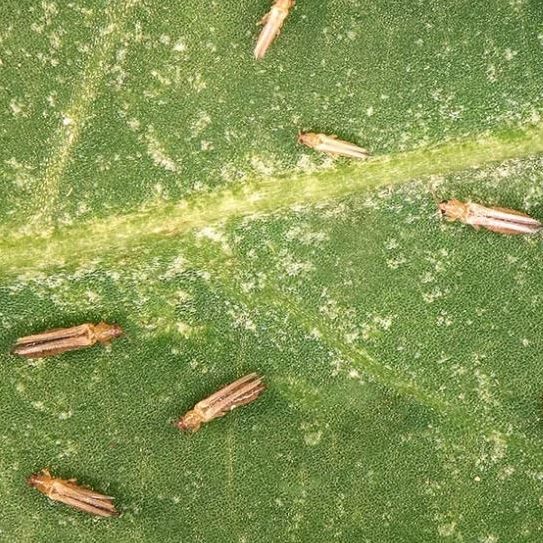
Identifying Thrips:
- Visual inspection: In addition to the cracks on stems and petioles, check for thrips on the undersides of leaves. On the surface of leaves, thrips can sometimes be seen as tiny, moving dots.
- Damage symptoms: The damage by thrips may appear as twisted or discolored leaves, as well as white lines or dots. Thrips can cause premature leaf drop in severe circumstances.
Treatment Options:
- Isolate the infested plant
- Using insecticidal soap, neem oil or biological insecticide.
3. Common Monstera Diseases
3.1. Leaf spot
This sign appears as tiny, wet spots on leaves and is brought on by bacteria, fungus or other pathogens. This ailment causes ugly brown or yellow discolorations on the leaves, which range in size from tiny specks to big, aesthetically displeasing regions. These areas are frequently accompanied by a unique ring of yellow or green tissue.
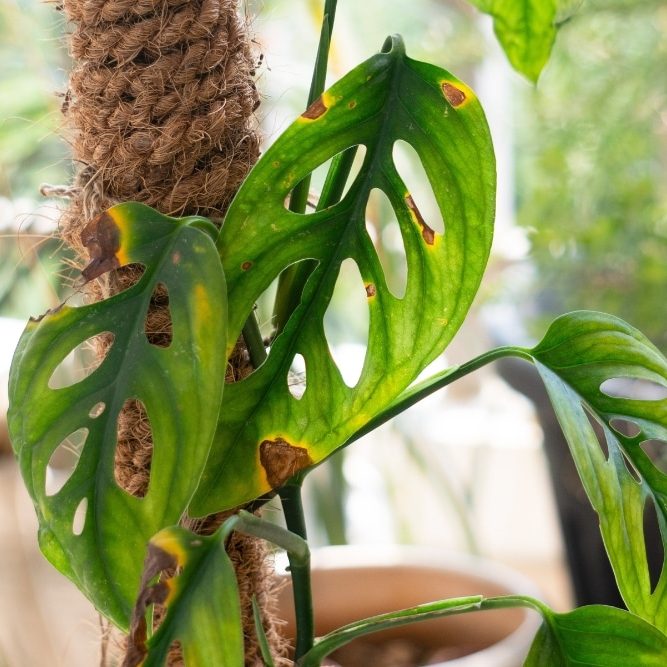
3.2. Rust
The Monstera plant’s beautiful leaves may occasionally be blemished by orange or brown pustules. These raised bumps, known as pustules, can range in size and appearance, looking microscopic or conspicuous, smooth or pitted. This terrible incident is the result of rust, a fungal disease caused by a variety of fungus species including Puccinia and Uromyces.
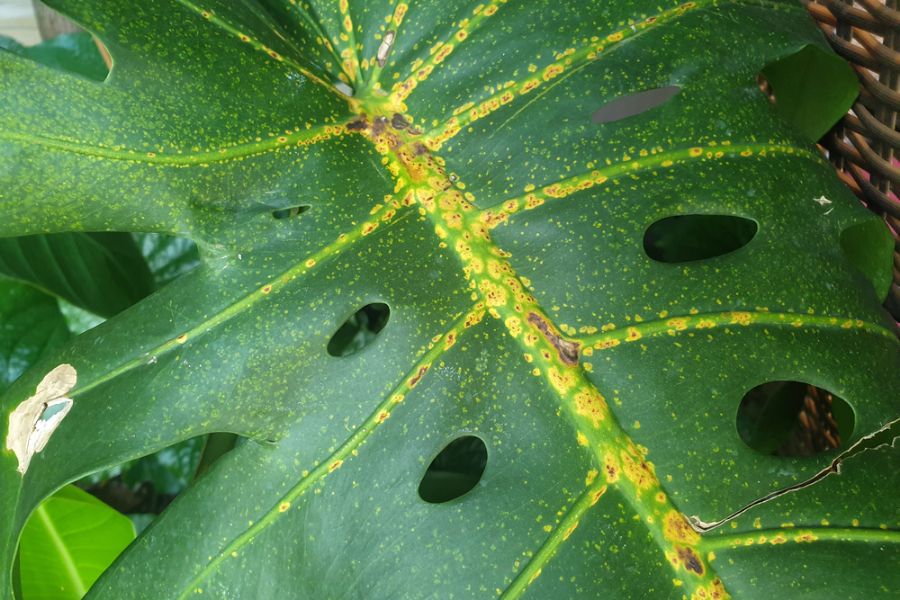
3.3. Powdery mildew
The stunning leaves of Monstera plants can be harmed by a fungal disease known as powdery mildew. It can be thin or thick, and massaged gently can help the white, powdery covering that this condition creates on the leaves to come off. This unwanted visitor can be brought on by a variety of fungi, including Podosphaera and Erysiphe.
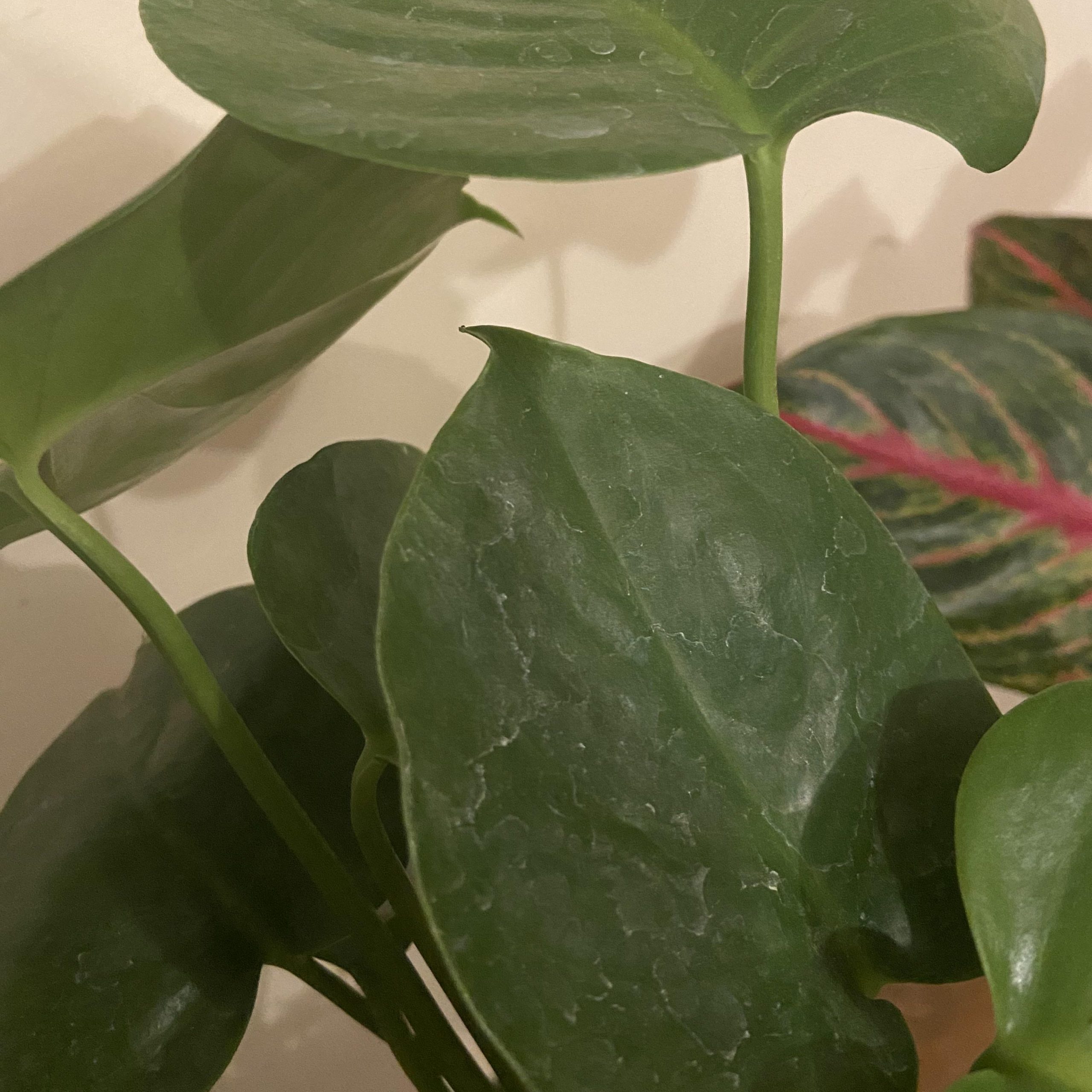
3.4. Soft Rot
This aggressive disease, wielded by the Erwinia Carotovora bacterium, leads to a rapid softening and decay of leaves, stems, and even roots. The affected tissues turn brown or black, and the plant can succumb swiftly.
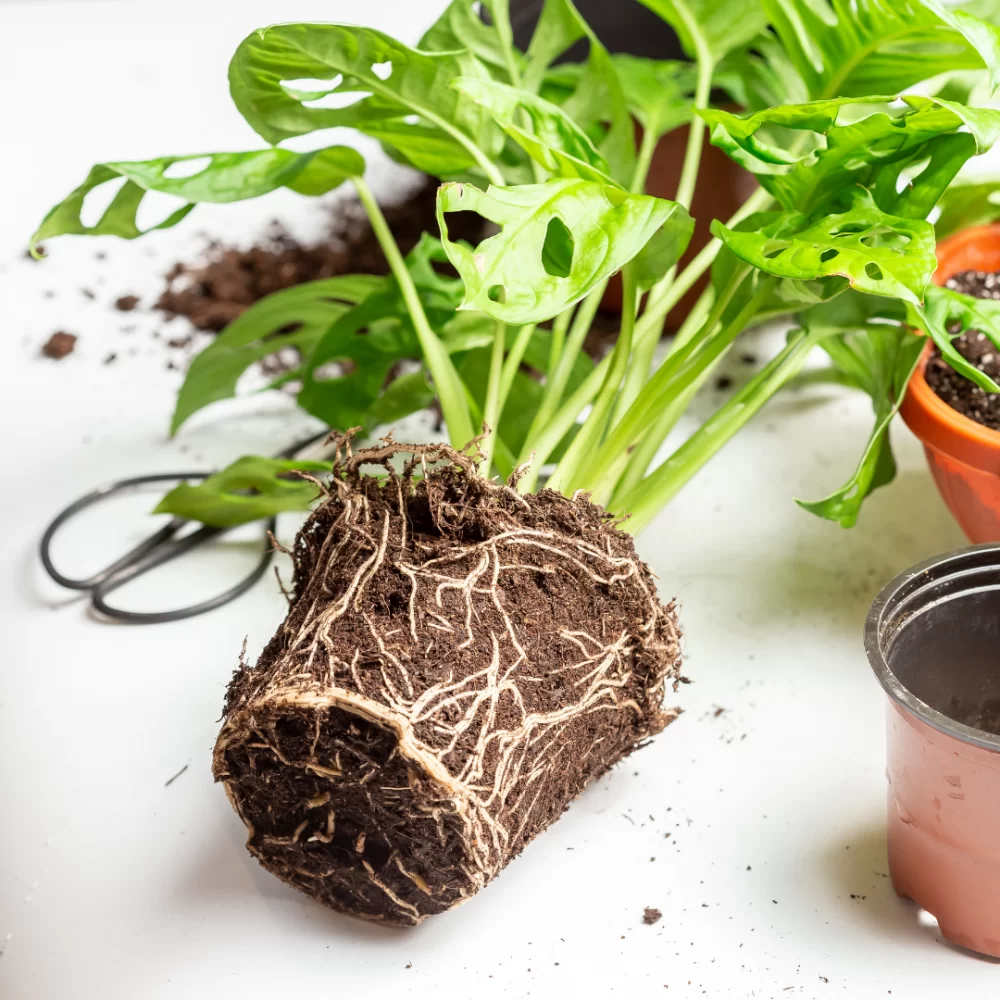
It might be challenging to manage Monstera plants. The following advice can help shield your plants:
- Water plants in the morning so that the leaves have time to dry before nightfall.
- Avoid overhead watering.
- Provide good air circulation.
- Use a fungicide as a preventative measure.
- Remove and destroy infected plant material.
- Using sterile, freshly made potting mix.
- Maintaining enough air circulation and fully disinfecting tools and equipment after each use.
4. Final thoughts
Xanh Xanh Urban Forest hopes that you found this blog article to be useful and educational. Please use the following to contact us with any questions:

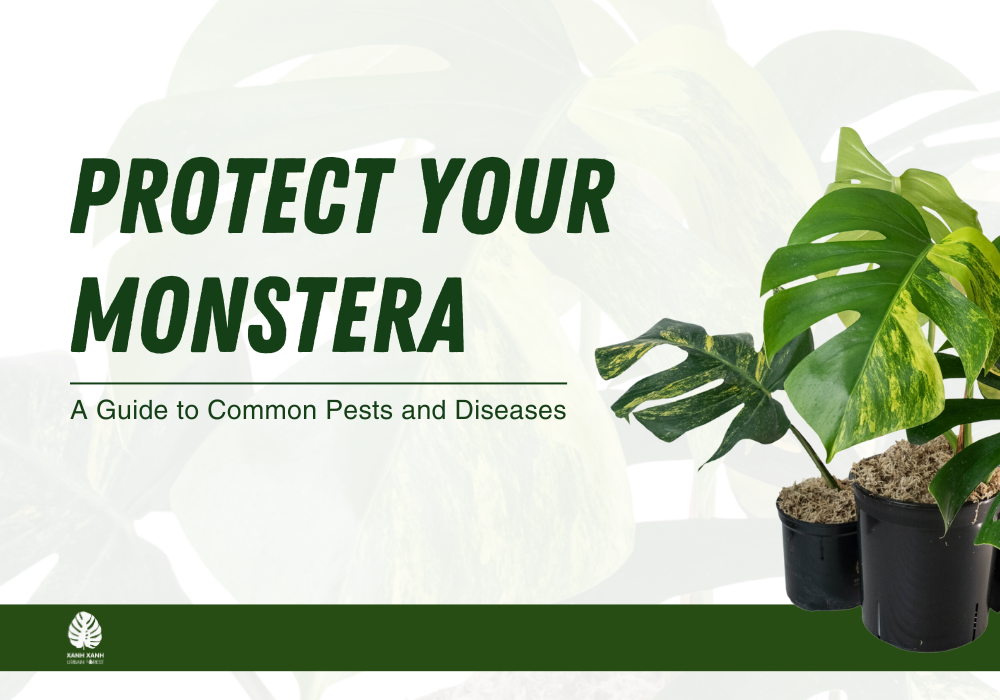





Pingback: Growing Monstera: Tips for Indoor Plant Success